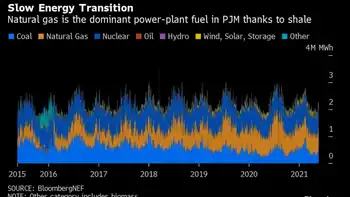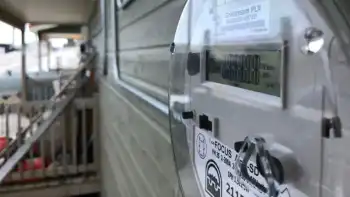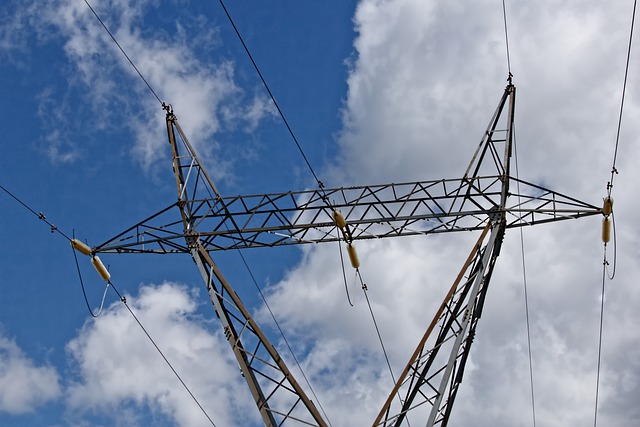Maldives to power capital with wind
According to a press statement put by the presidential office on its official website, Maldivian President Mohamed Nasheed unveiled a $200 million (US) foreign direct investment project which will produce clean electricity for North Male' atoll, including the capital Male, the international airport island of Hulhule' and a number of luxury tourist resorts.
The project will see the construction of the latest generation wind turbines, which will be connected to the electricity grid of Male through a network of submarine electricity cables.
The Maldives's State Electric Company Limited has signed a 20-year agreement with Falcon Energy, whereby Falcon Energy will build and operate a 75 megawatt wind farm in Gaafaru island, NorthMale'atoll.
On windy days, excess electricity generated by the turbines will be used to run a water desalination plant, which will produce bottled drinking water. On calm days, a liquefied natural gas plant will provide 50MW of back-up power.
Speaking at the ceremony, Nasheed said the government understood the importance of breaking the Maldives's dependence on the unpredictable price of foreign oil.
The president reiterated his belief that the winners of the 21st century would be "the countries who were ready to embrace renewable energy and green technologies."
"We want the Maldives to be the place to test renewables. We want the Maldives to be the place to build renewables. We want the Maldives to be the place to invest in renewables. We will position the Maldives as a showcase for renewable energy," said the president.
In March, Nasheed announced plans to make the Maldives carbon neutral in 10 years. A shift from oil to renewable energy production lies at the heart of the Maldives' carbon neutral plan.
Falcon Energy and it's partner WGS has commissioned onshore and offshore wind farms totaling 1,500 MW over the past ten years, in Britain, Spain, Portugal, Ireland and Canada.
Related News

Electricity Payouts on Biggest U.S. Grid Fall 64 Per Cent in Auction
NEW YORK - Power-plant owners serving the biggest U.S. grid will be paid 64% less next year for being on standby to keep the lights on from New Jersey to Illinois.
Suppliers to PJM Interconnection LLC’s grid, which serves more than 65 million people, will get $50 a megawatt-day to provide capacity for the the year starting June 2022, according to the results of an auction released Wednesday. That’s down sharply from $140 in the previous auction, held in 2018. Analysts had expected the price would fall to about $85.
“Renewables, nuclear and new natural gas generators saw the greatest increases in…




